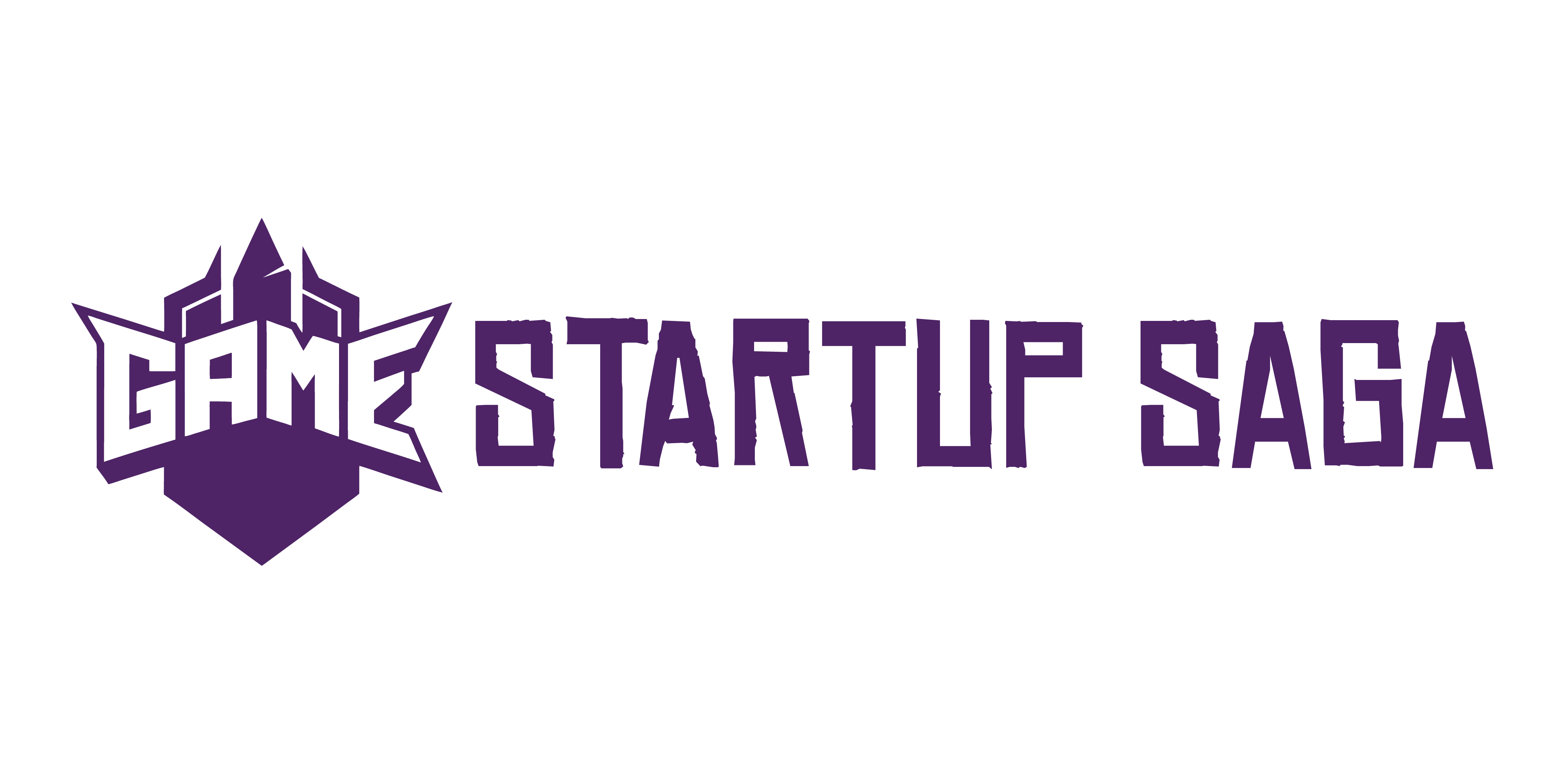Why Marketing Is Half the Battle
A great game doesn’t market itself. It doesn’t matter how stunning the art is or how tight the mechanics feel—if no one sees it, it might as well not exist. In today’s flood of game launches, discoverability is the real boss fight. Thousands of titles drop every month, crowding digital storefronts like Steam, itch.io, and the Epic Games Store. Without a solid marketing plan, even the best-made projects fade into the background noise.
Standing out takes more than luck. It takes intention. Creators need to think about their launch like a campaign, not just a release. That means carving out a space in the calendar, teasing your presence long before launch day, and maintaining a steady drumbeat that pulls attention your way. You need a hook—something visual, emotional, or conceptual—that players remember five seconds after scrolling past.
Finally, audience engagement isn’t optional—it’s the engine. Whether it’s responding to fans in your Discord, creating TikToks from dev clips, or letting a small influencer take your early build for a spin, connection drives momentum. You’re not just releasing a game. You’re building trust, attention, and a reason to care before the first install ever happens.
Start Early: Build Hype Before You Build the Game
Marketing doesn’t start at the trailer drop. It starts way earlier—when your game is little more than a rough sketch or a half-baked idea. That’s where devlogs and behind-the-scenes blogs come in. Sharing the process—what’s working, what isn’t, what you’re experimenting with—makes people feel like they’re part of the build. It’s gritty, it’s real, and it works.
Concept art, basic mechanics, or even five-second GIFs from a prototype can spark early interest. You’re not trying to impress with polish at this stage. You’re showing your direction, your thinking, and most importantly—your consistency. When people see steady progress, they start to trust the project, and they’ll stick around to see where it goes.
Also: email isn’t dead. In fact, it’s one of the few channels you actually own. Social algorithms can change overnight. Your subscriber list? That’s yours. Start collecting emails as soon as possible. Offer updates, demos, or sneak peeks in return. You don’t need thousands—just a few hundred highly interested people can supercharge your launch day.
Know Your Player Base
Before you make a trailer, a post, or even pick a logo, you need to know who you’re talking to. That means identifying your core audience—people who will actually care about your game. Are they hardcore strategy fans on Steam? Cozy gamers scrolling TikTok at midnight? Modding junkies in niche Discord servers? Find out where they hang out and how they talk. Lurk, listen, ask questions. Community research beats assumptions every time.
Once you know your player, you can stop guessing. Your visuals, tone, and platform choices should all reflect what connects with them. It’s not about copying trends. It’s about speaking their language in the right places. A sarcastic, glitchy meme might crush on Twitter; on LinkedIn, not so much. Your game doesn’t need to be for everyone. Just the right ones.
Go narrow, not broad. You’ll make sharper content, attract stronger fans, and spend less time and money yelling into the void. That’s how small studios punch above their weight.
Trend-Driven Outreach: Influencers and Streamers
Not all influencers are created equal, and for indie and mid-size studios, micro-creators offer the best return. These are niche streamers and YouTubers with loyal, tight-knit followings—people who trust their opinions and actually take action. The sweet spot? Creators who already play games like yours, even if they only average a few hundred live viewers.
But there’s a catch: your game has to be streamable. That means it needs a strong hook in the first 5–10 minutes—something visually cool, funny, intense, or surprising. Dead air and slow intros kill momentum on stream. Design with reaction moments in mind.
When it comes to getting your game into their hands, don’t just hand over a key and hope. Build a creator-ready version—easy install, no weird bugs, media assets included, and ideally, preloaded with shareable moments. Think of it like a press kit, except tailored for someone who’s going live.
Timing’s also key. Reach out too early, and they’ll forget about the game by launch. Too late, and they’ve already filled their content calendar. Aim for two weeks before launch, give or take. Enough time to create buzz; not so much that it vanishes by release.
Platform Strategy: More Than Just Steam
Steam still dominates when it comes to PC game distribution, but betting everything on a single launch platform is shortsighted. Smart studios in 2024 are diversifying—putting their games on the Nintendo eShop, Epic Games Store, itch.io, and even niche platforms that cater to specific audiences. Each one has its strengths. Epic offers better revenue shares and occasional feature placements. Itch.io is perfect for indies and experimental titles, with flexible pricing models and a strong grassroots vibe. The eShop gives access to a loyal, console-first market, but it’s more curated and competitive.
The trick isn’t to be everywhere—it’s to know why you’re somewhere. Launching on platforms your players actually use increases discoverability. Plus, some algorithms (Steam’s in particular) are heavily impacted by metrics like wishlists. Get on there early, drive wishlist signups, and watch as the algorithm starts pushing you organically. That momentum is gold.
Multiple platforms also stagger risk. A slow launch on one doesn’t kill your chances across the board. Staggered rollouts, different pricing strategies, or platform-specific promotions can all be part of a well-timed strategy. Know the terrain—and use it to your advantage.
Use Content Like a Pro
Flashy, bloated trailers are out. Fast hooks are in. If your trailer doesn’t grab attention in the first three seconds, you’ve lost. Don’t save the best for last—showcase gameplay, energy, or a killer visual right at the top. Cut the fluff. If it doesn’t highlight what makes your game unique, it doesn’t belong.
Beyond trailers, raw content gets people in the loop: dev diaries that show actual progress (not just buzzwords), behind-the-scenes clips, unfinished builds, and honest takes. Add smart memes or lightly chaotic snippets that resonate with your niche community. It’s about showing personality, not always polish.
But here’s the thing—post with purpose. Updates that add something real are far more effective than constant noise. Regular doesn’t mean relentless. Whether it’s a weekly progress shot, a brief video log, or a quick poll, what matters is maintaining trust. Be there without burning people out.
Community First, Sales Second
If you’re not already investing in spaces where your players hang out, you’re behind. Discord servers, Reddit threads, and developer AMAs aren’t just nice-to-haves—they’re critical. A well-run Discord server becomes headquarters for your most loyal fans. It’s where bugs get flagged fast, memes are born, and real-time feedback loops happen. But it won’t run itself. Active moderation, clear rules, and honest engagement from the dev team build the kind of trust you can’t buy.
Same goes for Reddit. It’s raw, sometimes chaotic, but deeply valuable if you treat it right. Show up. Answer questions. Be transparent when things break. That’s how studios earn reputations for being real, not corporate copy machines.
And don’t sleep on user-generated content. Fan art, mods, memes—these are community gold. Encourage it without trying to control it too hard. Give people a reason to create around your game, and they’ll do half your marketing for you. Just make sure your guidelines are clear, or things can go sideways quickly.
Community isn’t a byproduct of success. It’s how smart studios get there.
Smart Budgeting: Paid Ads That Actually Work
Throwing money at ads doesn’t guarantee traction. Timing and precision matter more than raw spend. Early in development, eyeballs are cheap—but conversions are rare. So don’t light up your full budget too soon. Pre-launch, aim small: test your titles, thumbnails, and trailers with modest ad spends. Save the bulk of your ammo for release week, when curiosity turns into wishlists and purchases.
A/B testing isn’t optional—it’s table stakes. Run variations of your creatives and track the right metrics: CTR, watch time, and especially cost-per-wishlist or cost-per-install. If your ad doesn’t hook in the first few seconds, rewrite it. Drop what doesn’t convert.
Analytics should dictate spend. If you’re not watching where the click leaks happen, you’re spending blind. Rule of thumb: double down only on what proves ROI. The smartest studios don’t necessarily outspend—they outlearn and out-optimize their ad strategies. Burn smarter, not harder.
Post-Launch Momentum Matters More Than Day One
The launch isn’t the finish line. It’s the opening move. In 2024, the games that thrive long-term are the ones that treat post-launch as a second campaign—for both content and community.
Updates aren’t just about patching bugs anymore. Players expect new features, fresh modes, and regular surprises that make a once-and-done game feel alive months down the road. A minor quality-of-life change or surprise event can pull players back in. Expansion content and seasonal drops reinforce the idea that your game isn’t just a product—it’s an evolving platform.
Patch notes, too, have become more than tech blurbs. When written with intention, they’re part of your comms strategy. Use them to show listening, highlight player feedback, tease what’s next. They’re a chance to speak directly to your base—don’t blow it by sounding like a changelog.
Post-launch momentum is a long game. The payoff is loyalty, word-of-mouth growth, and that holy grail: staying relevant in a noisy, fast-moving market.
Tool Up: Don’t Go In Unarmed
Launching a successful game requires far more than just a great idea and strong development. To compete—and thrive—in today’s saturated market, savvy game creators arm themselves with smart tools, strong teams, and efficient systems.
Leverage Analytics to Guide Every Move
Understanding what resonates with players is key. Real-time data can help you iterate smarter, target better, and adapt faster.
- Track user behavior pre- and post-launch
- Measure trailer engagement, store page clicks, and conversion rates
- Use retention and churn data to inform content updates and balance changes
Invest in a Human Bridge: Community Managers
Don’t spread yourself thin trying to manage everything. A focused, platform-smart community manager can dramatically increase player trust and engagement.
- Facilitate content moderation, prize events, and user feedback loops
- Be the voice between devs and players
- Keep communities warm, heard, and loyal
Scale With Automation
Time-saving tools let small teams punch above their weight.
- Schedule social posts across channels from one dashboard
- Use automated moderation bots for Discord or Reddit
- Trigger in-game messages and email campaigns based on user behavior
Bonus Resource
Want to dive deeper into proven software and tools?
Check out Essential Tools and Software for Game Creators.
Final Word: Strategy > Luck
Hype is easy. You drop a flashy trailer, toss in some strong visuals, add a countdown, and people pay attention—for about a week. But if your game doesn’t back it up with real value, that attention vanishes just as fast. Players today are sharp. They’ve seen enough overpromises to smell vaporware from a mile away. The titles that stick are the ones offering something worth returning to, not just talking about.
To get there, you need to know what you’re building and who you’re building it for. That means understanding your game’s hook—what it does differently and why it matters. It means talking to your audience well before launch and actually listening. Build momentum with intention, not noise.
The takeaway: Hype is a door. It opens fast, and it slams shut even faster. If you want your game to last beyond its debut week, bring strategy. Know your game. Know your players. Plan your moves. Then execute—deliberately, consistently, and with purpose.




